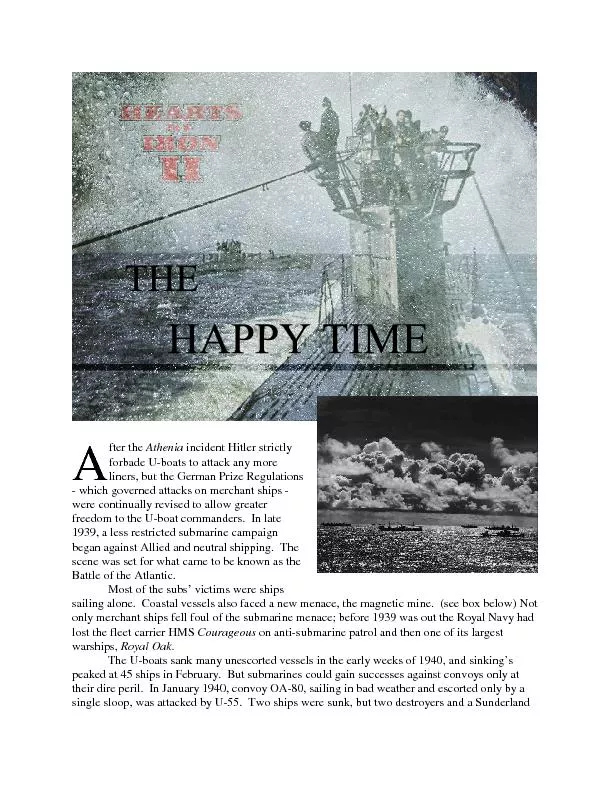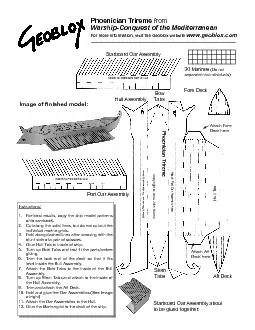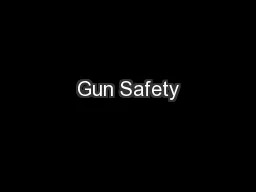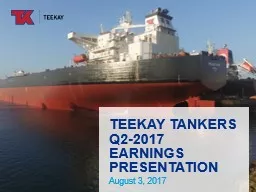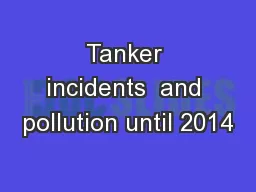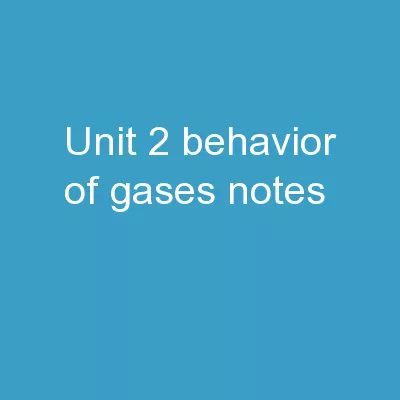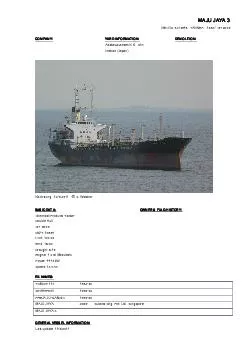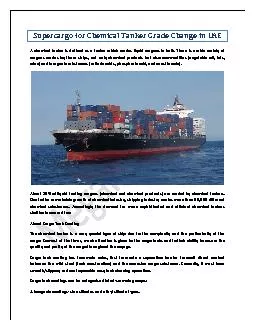PDF-Hardegan turned his gun on a big tanker, set it on fire, then went aft
Author : test | Published Date : 2016-06-06
is our opportunity148 He made the teasing claim that he could see the dancers on the roof of theHotel Astor It was the New York skyline still up as in peacetime
Presentation Embed Code
Download Presentation
Download Presentation The PPT/PDF document "Hardegan turned his gun on a big tanker,..." is the property of its rightful owner. Permission is granted to download and print the materials on this website for personal, non-commercial use only, and to display it on your personal computer provided you do not modify the materials and that you retain all copyright notices contained in the materials. By downloading content from our website, you accept the terms of this agreement.
Hardegan turned his gun on a big tanker, set it on fire, then went aft: Transcript
Download Rules Of Document
"Hardegan turned his gun on a big tanker, set it on fire, then went aft"The content belongs to its owner. You may download and print it for personal use, without modification, and keep all copyright notices. By downloading, you agree to these terms.
Related Documents

